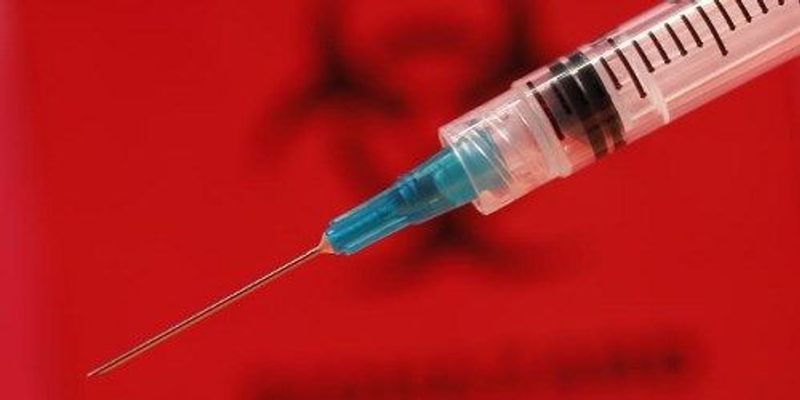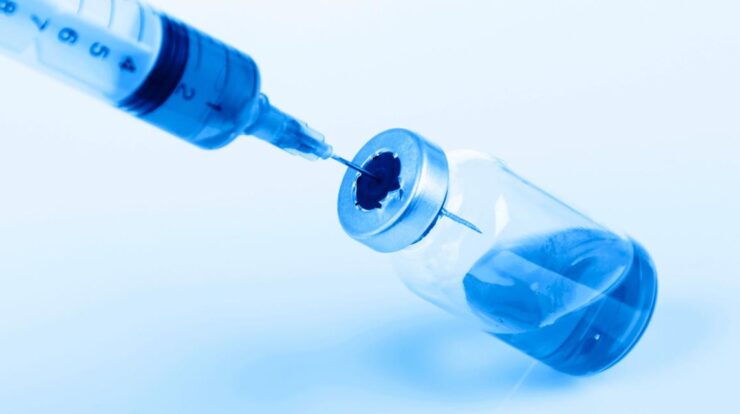
The H5N1 vaccine, a crucial tool in the fight against avian influenza, has been developed to protect individuals from infection and severe illness caused by the H5N1 virus. This vaccine, designed for specific target populations, plays a significant role in preventing the spread of this potentially deadly virus.
In this comprehensive guide, we delve into the research and development process behind the H5N1 vaccine, exploring its effectiveness and safety profile. We also examine the strategies employed to distribute the vaccine globally, ensuring equitable access and addressing challenges in reaching underserved regions.
H5N1 Vaccine Overview
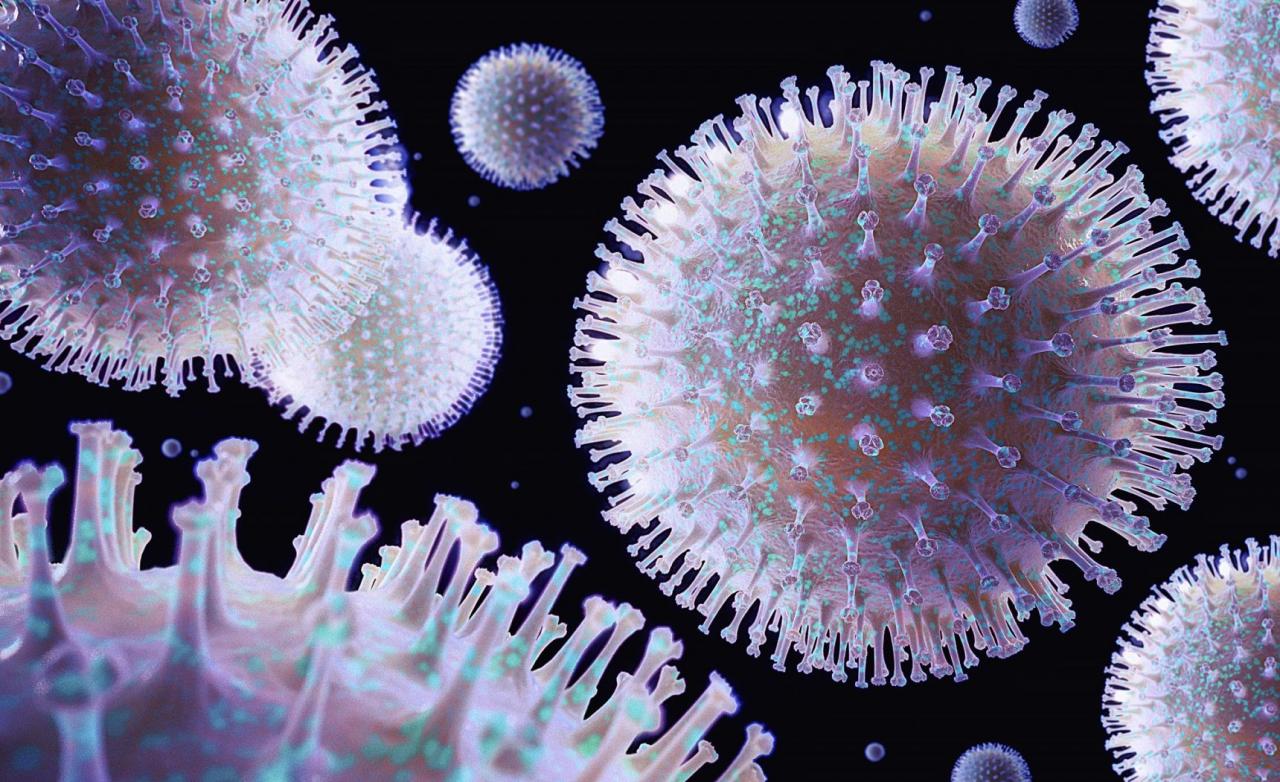
The H5N1 vaccine is a crucial tool in the prevention and control of highly pathogenic avian influenza (HPAI) caused by the H5N1 virus. It aims to protect individuals at risk of exposure to the virus, such as poultry workers, veterinarians, and travelers to affected areas.
The recommended dosage and vaccination schedule vary depending on the specific vaccine and target population.
H5N1 Vaccine Development
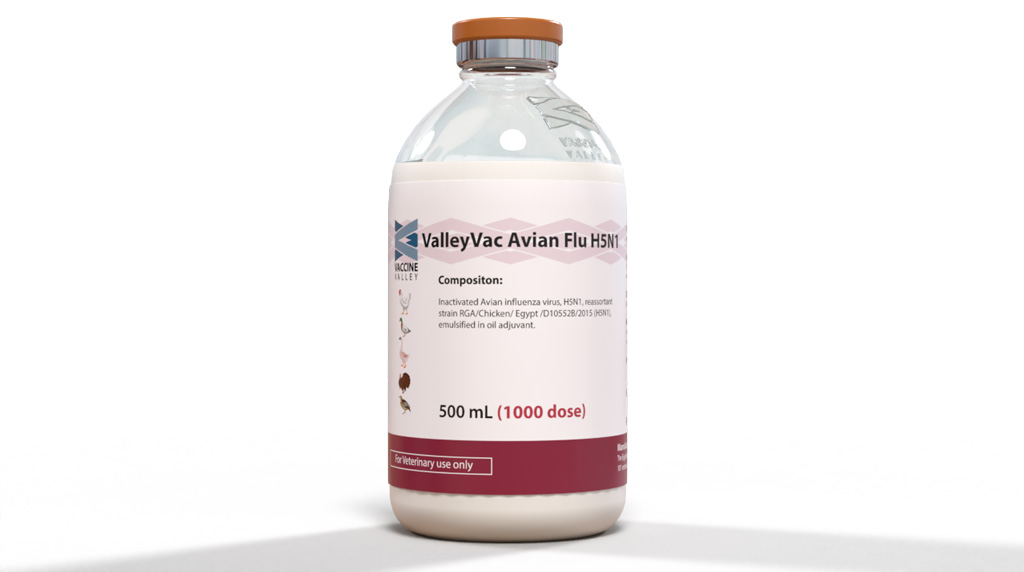
The development of the H5N1 vaccine involves extensive research and clinical trials. Scientists study the genetic makeup and characteristics of the H5N1 virus to design effective vaccine candidates. These candidates undergo rigorous testing to ensure safety and efficacy before being approved for use.
H5N1 Vaccine Efficacy and Safety
The H5N1 vaccine has demonstrated high efficacy in preventing infection and severe illness caused by the H5N1 virus. Studies have shown that vaccinated individuals develop protective antibodies that neutralize the virus and reduce the risk of hospitalization and death. The vaccine is generally well-tolerated, with mild side effects such as injection site reactions, fever, and muscle aches.
H5N1 Vaccine Distribution and Accessibility
Distributing the H5N1 vaccine globally presents challenges due to its limited production capacity and high cost. International organizations and governments collaborate to ensure equitable access to the vaccine, prioritizing high-risk groups and regions with ongoing H5N1 outbreaks.
H5N1 Vaccine Recommendations and Guidelines
Vaccination recommendations for H5N1 vary based on factors such as age, occupation, and travel history. Health authorities provide guidance on vaccination priorities and target populations to optimize protection and minimize the impact of H5N1 outbreaks.
H5N1 Vaccine Monitoring and Evaluation
Post-marketing surveillance systems are essential for monitoring the effectiveness and safety of the H5N1 vaccine. These systems collect data on vaccine uptake, adverse events, and the occurrence of H5N1 infections in vaccinated individuals. The information gathered helps identify any potential issues and inform vaccine policy and practice.
H5N1 Vaccine Research and Future Directions
Ongoing research aims to improve the H5N1 vaccine’s efficacy, safety, and accessibility. Scientists explore new vaccine technologies, such as mRNA and recombinant vaccines, to enhance immune responses and reduce side effects. Additionally, research focuses on developing universal vaccines that provide protection against multiple strains of influenza viruses.
Last Word
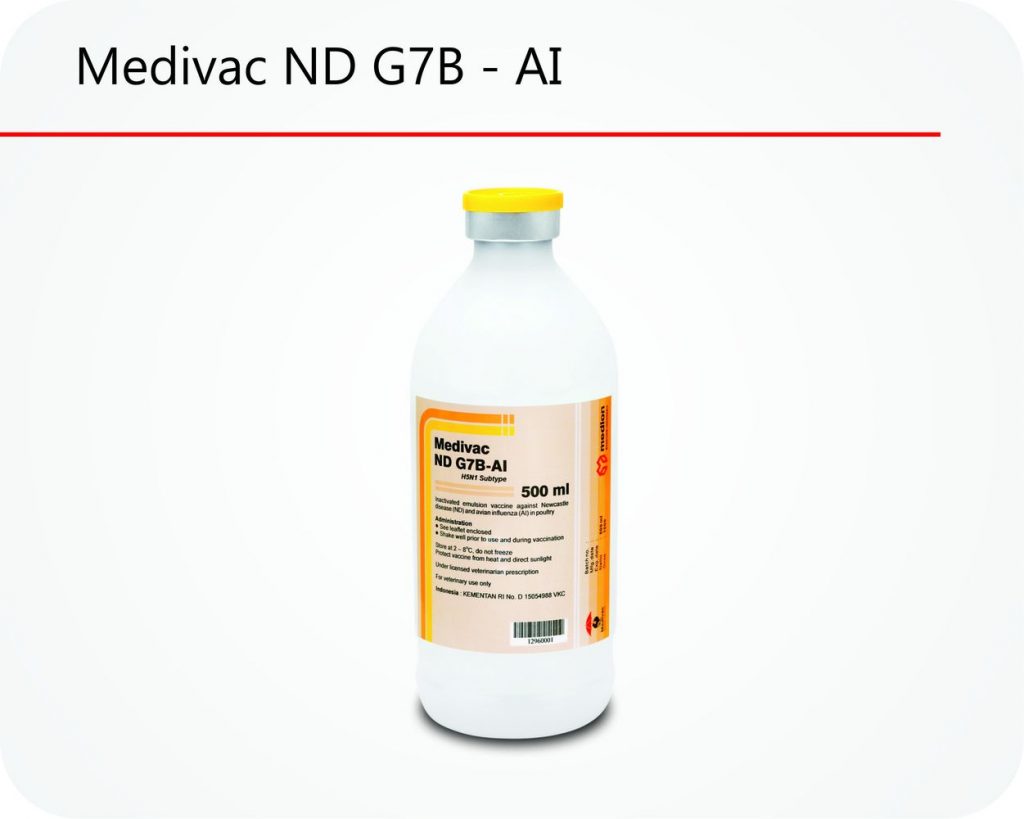
The H5N1 vaccine remains a vital component in the global fight against avian influenza. Ongoing research efforts aim to enhance its efficacy and safety, while monitoring and evaluation systems ensure its continued effectiveness and safety. As the world continues to face the threat of infectious diseases, the H5N1 vaccine stands as a testament to scientific advancements and the collective efforts to protect public health.
